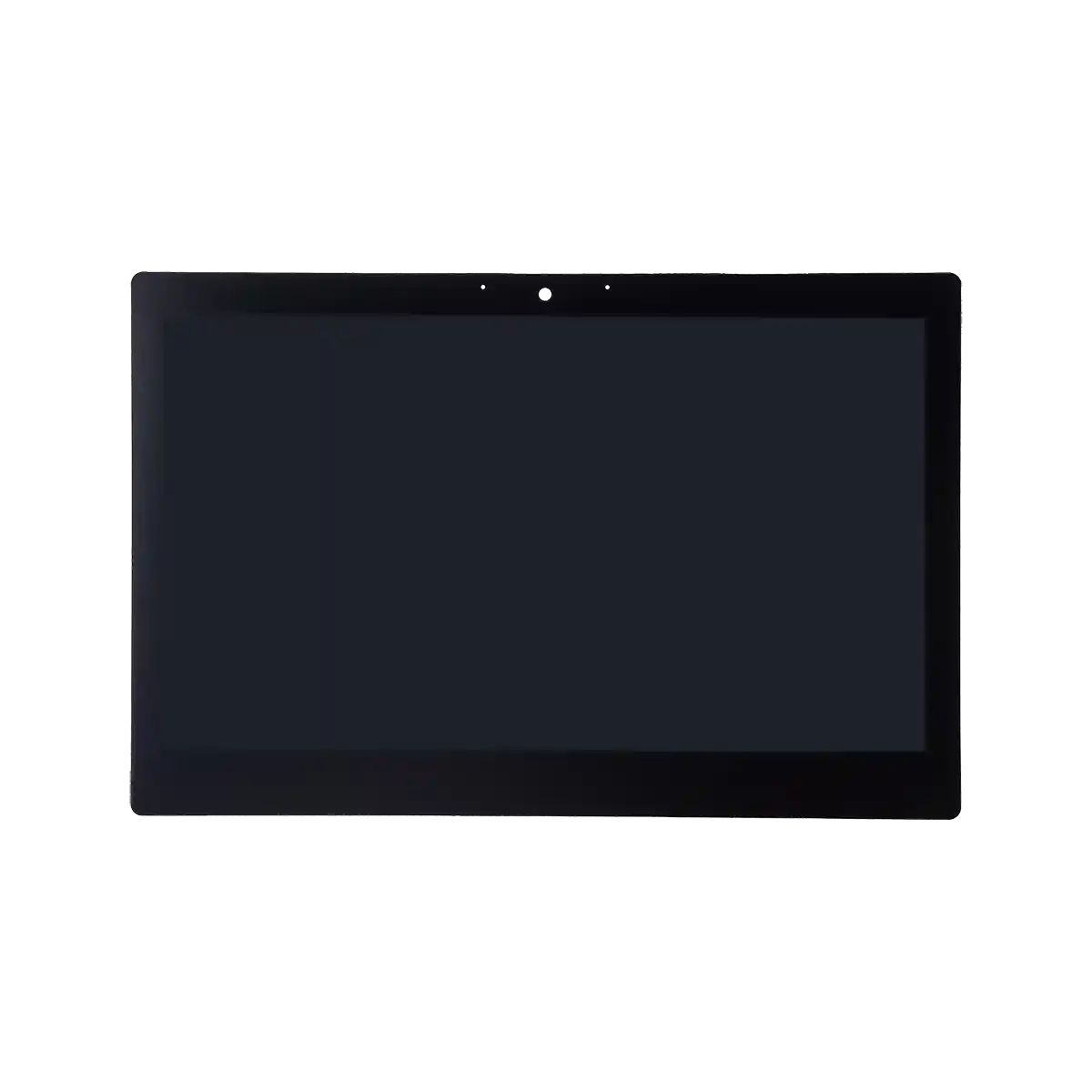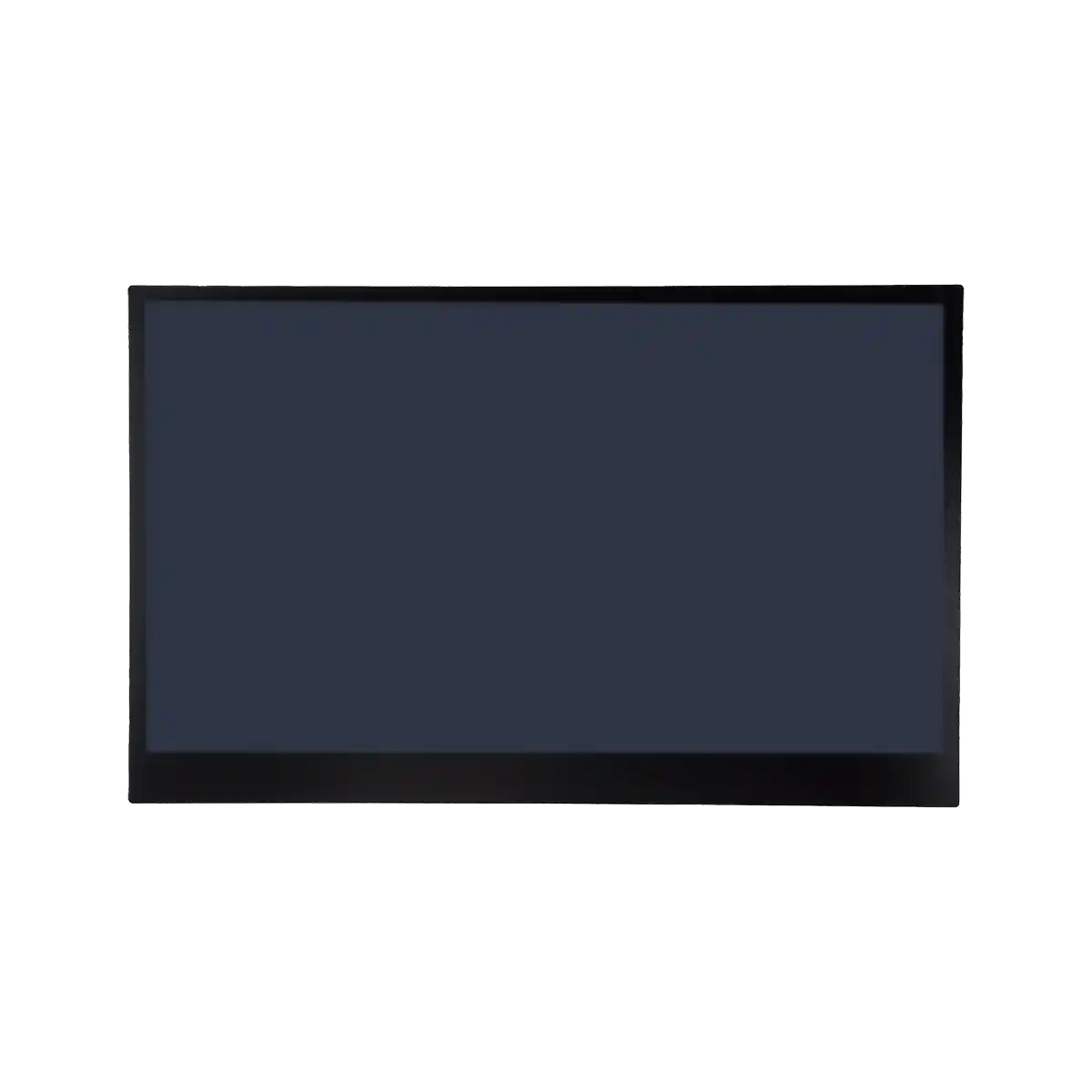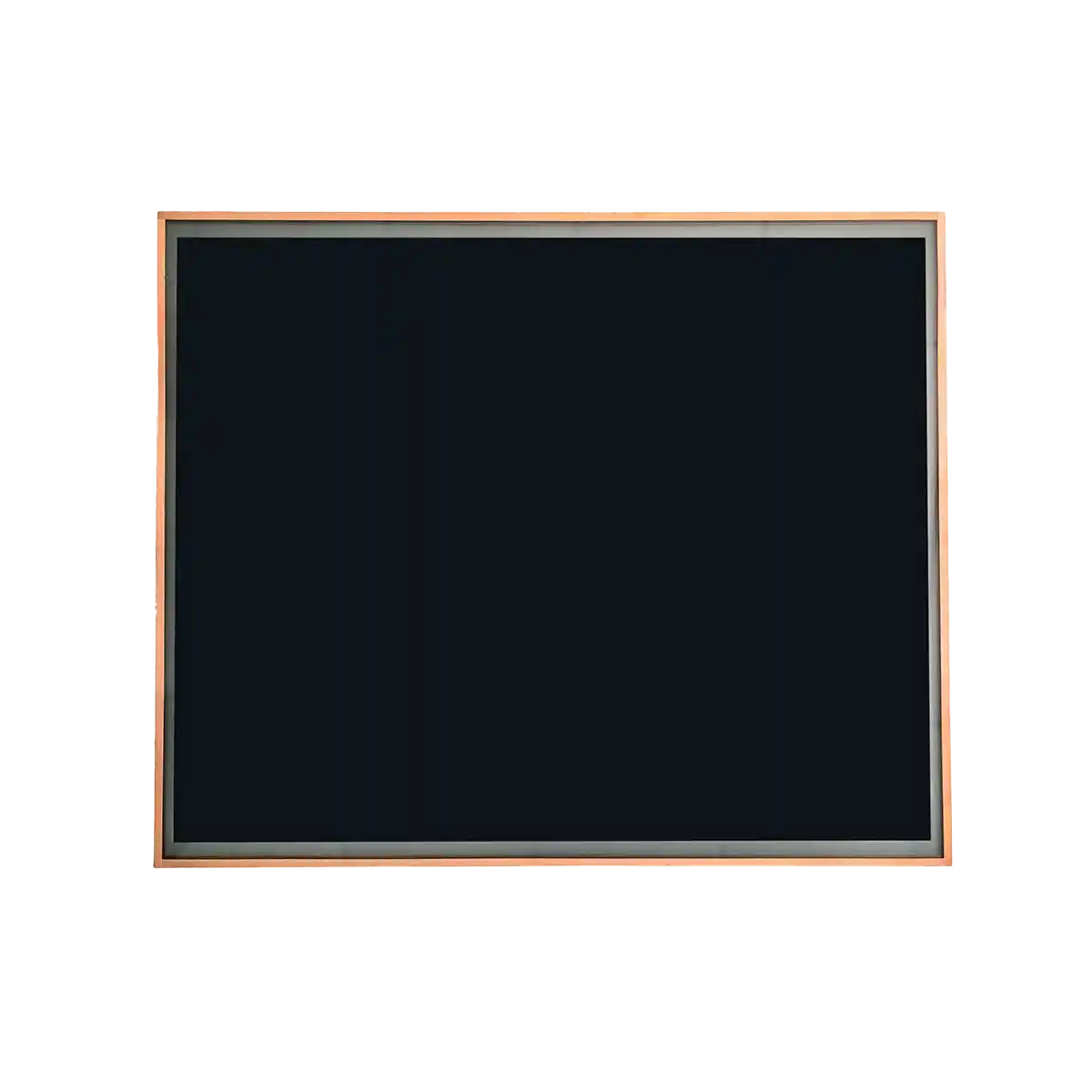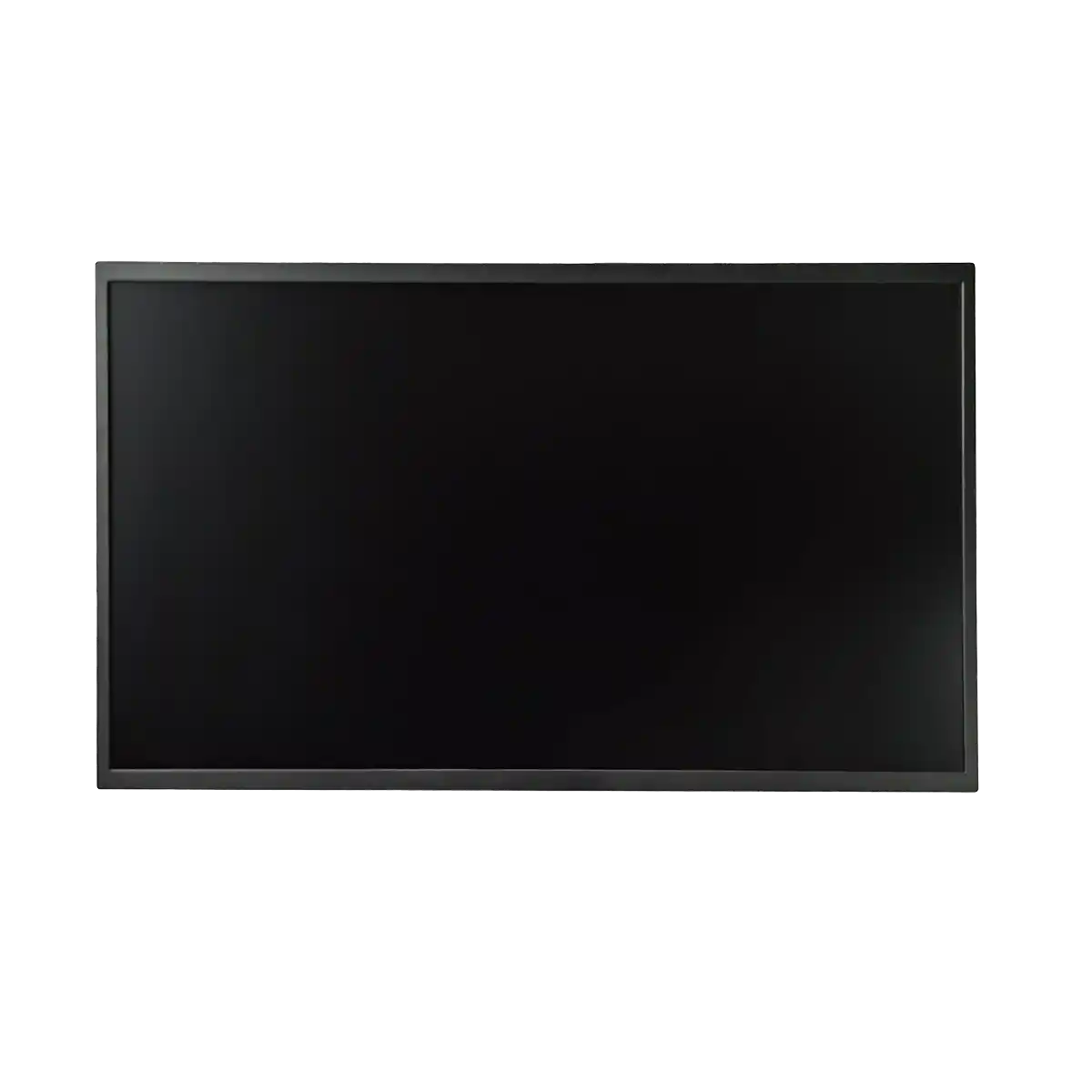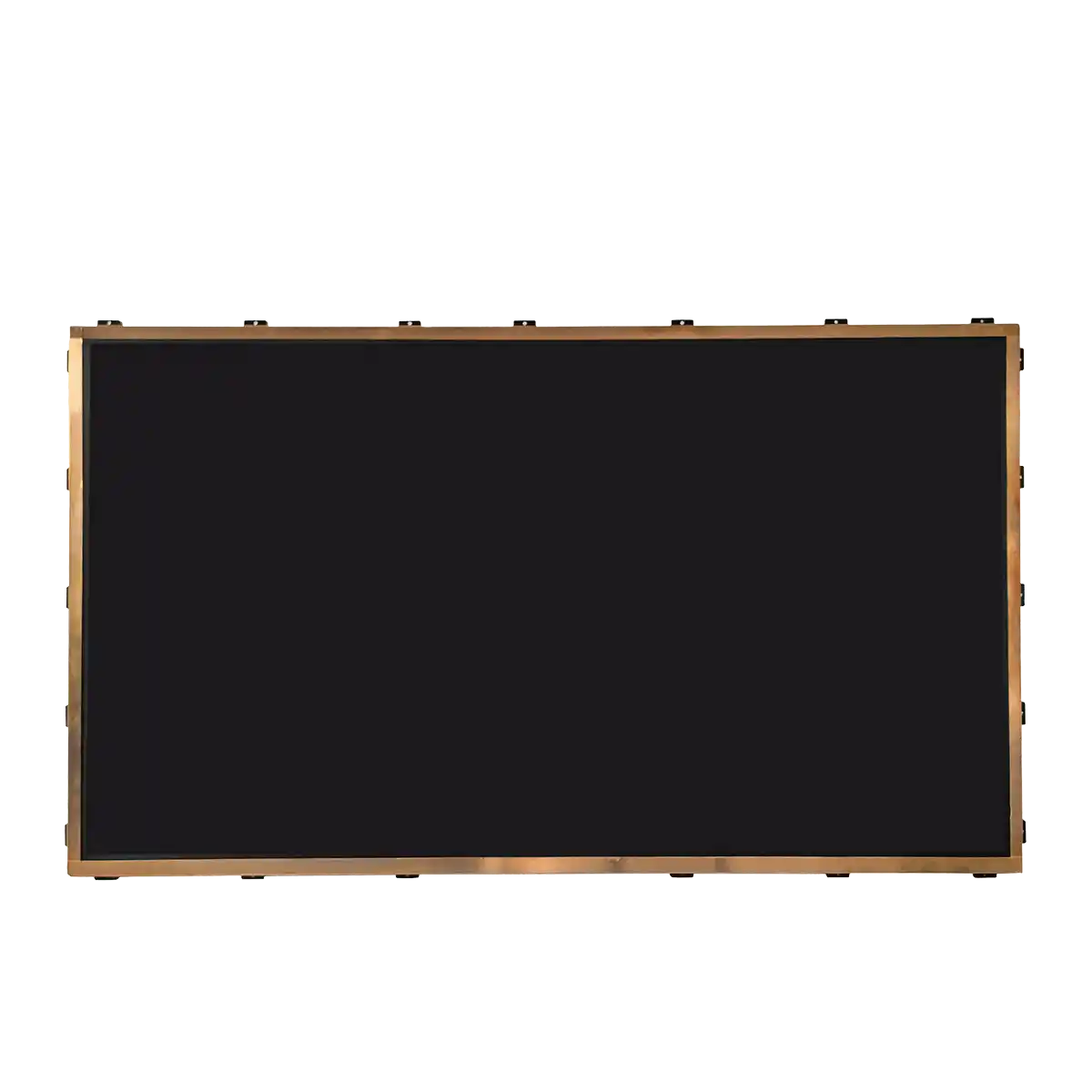The Psychology of Color in Industrial LCD Panel Interface Design
Introduction
In the realm of human-machine interaction, the design of interfaces plays a pivotal role in shaping user experience. Industrial LCD panels, known for their robustness and versatility, are a common sight in manufacturing, medical, and transportation sectors. These panels serve as the visual bridge between the operator and the machinery, conveying critical information and facilitating control. The psychology of color, a branch of psychology that studies the effects of color on human behavior and emotions, becomes particularly relevant in the context of industrial LCD panel interface design. This article delves into the intricate relationship between color, perception, and functionality in industrial settings.

Body
Color Perception and Cognition
Color perception is the process by which the human visual system translates light into hues. The retina contains two types of photoreceptor cells: rods for low-light vision and cones for color vision. Humans have three types of cones, sensitive to different parts of the spectrum, which allows for trichromatic color vision. This biological foundation underpins the psychological impact of color.
Emotional Responses to Color
Colors evoke a range of emotional responses. For instance, red is often associated with urgency and danger, making it suitable for alerts and warnings in industrial interfaces. Blue, on the other hand, is perceived as calm and trustworthy, which can be used to indicate safe conditions or system stability. Green is commonly linked to go signals and approval, often used to confirm successful operations.
Color in Interface Design
In the design of industrial LCD panels, color is used to enhance readability, guide attention, and communicate information efficiently. A well-thought-out color scheme can reduce cognitive load, minimize errors, and improve overall system usability. For example, contrasting colors can be used to differentiate between active and inactive components of the interface, while color coding can help operators quickly identify system status or alert levels.
Ergonomics and Color Accessibility
Ergonomics is the study of designing products that fit the human body and its movements comfortably. In the context of color, ergonomics ensures that the interface is accessible to all users, including those with color vision deficiencies. Designers must consider color blindness and other visual impairments to create inclusive interfaces that do not rely solely on color to convey information.
Conclusion
The integration of color in industrial LCD panel interface design is a multifaceted endeavor that requires a deep understanding of human perception, cognition, and emotion. By leveraging the psychology of color, designers can create interfaces that are not only aesthetically pleasing but also functionally superior. The strategic use of color can significantly enhance user experience, improve safety, and increase operational efficiency.
Expansion
Cultural Considerations
It's important to note that the perception of color is not universal and can vary across cultures. What may be a positive color in one culture could be associated with negativity in another. Designers must consider the cultural context of the users when selecting colors for international industrial applications.
Technological Advancements
Advancements in display technology, such as OLED and QLED, offer new possibilities for color representation and energy efficiency. These technologies can provide more vibrant and accurate colors, which can further enhance the visual experience in industrial settings.
Future Research
There is a need for ongoing research into the psychology of color in industrial environments. As technology evolves and new interface paradigms emerge, the role of color in interface design will continue to be a dynamic and evolving field of study.
Ethical Implications
The use of color in interface design also carries ethical implications. Designers must ensure that the use of color does not lead to discrimination or exclusion and that it adheres to ethical guidelines and best practices in inclusive design.
In conclusion, the psychology of color in industrial LCD panel interface design is a critical component of creating effective and user-friendly systems. By understanding and applying the principles of color psychology, designers can enhance the functionality and safety of industrial environments, ensuring that the interfaces not only meet the operational needs but also respect the diverse needs of the users.
Recommended Articles
-
Hangzhou LEEHON Technology supplies BOE GT080X0M-N12: High quality 7-inch TFT-LCD module solution
2024-09-14 -
How to Check for Issues in Industrial LCD Panels
2024-09-11 -
How does an LCD screen find individual pixels?
2024-09-11 -
What is the difference between eDP and LVDS?
2024-09-11 -
In-depth analysis of the development of automotive display technology
2024-09-10











































































